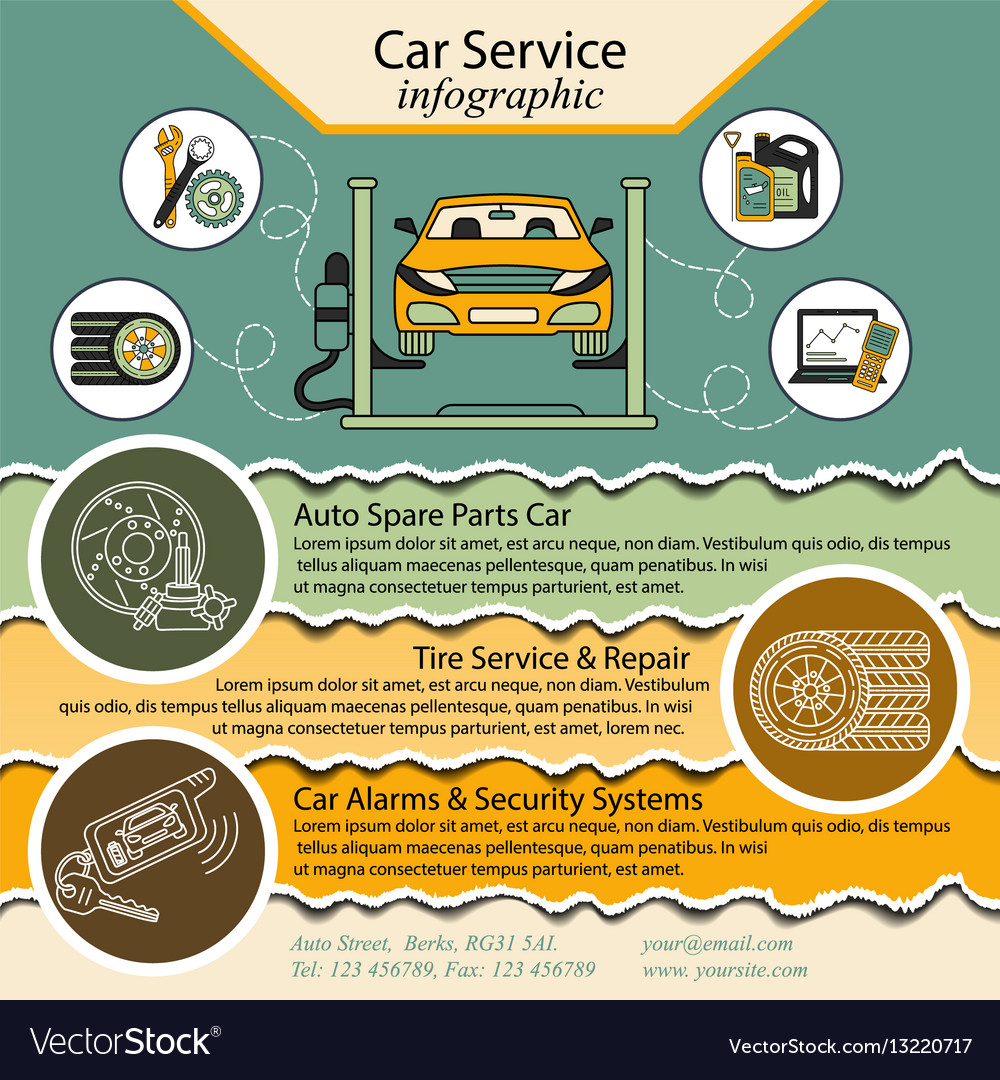Looking For Clarity On The Caution Lights Showed On Your Cars And Truck'S Dashboard? Learn How They Relate To Your Vehicle'S Health And Safety
Looking For Clarity On The Caution Lights Showed On Your Cars And Truck'S Dashboard? Learn How They Relate To Your Vehicle'S Health And Safety
Blog Article
Produced By- https://www.moderntiredealer.com/articles/32586-sun-auto-tire-pushes-into-pacific-northwest
When you're behind the wheel, those glowing warning lights on your dashboard can be a bit bewildering. Do you recognize what they're attempting to inform you regarding your auto's health and wellness? Recognizing the relevance of these lights is crucial for your safety and security and the long life of your automobile. So, the following time among those lights turns up, would not you intend to analyze its message properly and take the required actions to resolve it?
Common Caution Lighting and Interpretations
Recognize usual warning lights in your auto and understand their definitions to make certain secure driving.
One of the most common warning lights include the check engine light, which signifies concerns with the engine or exhausts system. If this light begins, it's vital to have your vehicle examined immediately.
The oil stress advising light indicates reduced oil stress, needing immediate focus to stop engine damage.
A blinking battery light might suggest a faulty charging system, possibly leaving you stranded otherwise addressed.
The tire pressure monitoring system (TPMS) light informs you to low tire pressure, influencing automobile stability and gas performance. Disregarding this might bring about unsafe driving problems.
The abdominal muscle light indicates an issue with the anti-lock stopping system, jeopardizing your ability to quit quickly in emergencies.
Last but not least, the coolant temperature alerting light warns of engine overheating, which can cause serious damages otherwise dealt with promptly.
Recognizing these common warning lights will certainly assist you deal with issues immediately and keep safe driving conditions.
Importance of Prompt Interest
Comprehending the typical caution lights in your cars and truck is only the very first step; the relevance of quickly attending to these warnings can't be stressed enough to guarantee your safety on the road.
When a warning light brightens on your dashboard, it's your automobile's method of connecting a prospective problem that requires interest. Ignoring these cautions can cause more severe issues later on, jeopardizing your safety and security and possibly costing you a lot more in repairs.
Prompt focus to alerting lights can protect against failures and accidents. As https://titusnidwq.blogdeazar.com/31227835/the-future-landscape-of-automobile-explaining-essential-patterns-and-emerging-technologies-to-observe , a flashing check engine light might suggest a misfire that, if left ignored, might create damage to the catalytic converter. Addressing this quickly can save you from a pricey fixing.
Similarly, a brake system cautioning light could signal reduced brake liquid or used brake pads, critical elements for your security when driving.
Do It Yourself Troubleshooting Tips
If you discover a caution light on your control panel, there are a few do it yourself fixing suggestions you can attempt prior to looking for specialist help.
The initial step is to consult your automobile's handbook to understand what the certain caution light shows. Occasionally the issue can be as easy as a loose gas cap causing the check engine light. Tightening up the gas cap may deal with the problem.
One more common problem is a low battery, which can trigger various cautioning lights. Examining the battery connections for corrosion and ensuring they're safe may repair the issue.
If a warning light persists, you can try resetting it by detaching the automobile's battery for a couple of minutes and afterwards reconnecting it. In addition, checking your car's fluid degrees, such as oil, coolant, and brake fluid, can assist troubleshoot cautioning lights connected to these systems.
pop over to this website
To conclude, recognizing your cars and truck's warning lights is vital for maintaining your vehicle running efficiently and safely. By immediately addressing these alerts and understanding what they indicate, you can prevent costly repair work and possible malfunctions.
Remember to consult your car's handbook for certain details on each advising light and take action accordingly to guarantee a hassle-free driving experience.
Stay notified, stay risk-free when driving!
